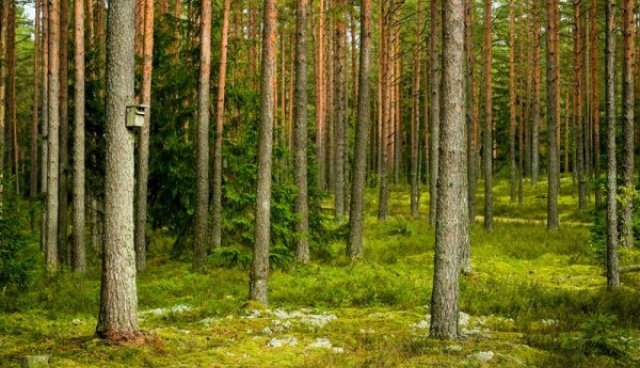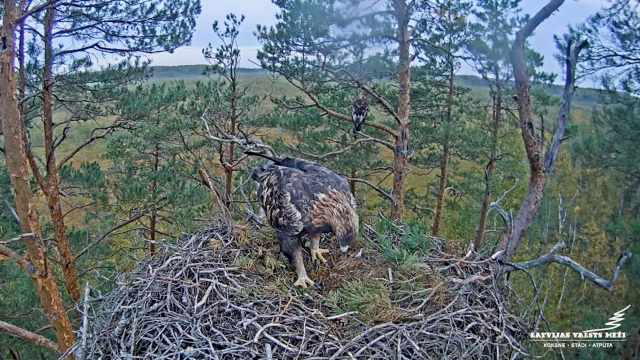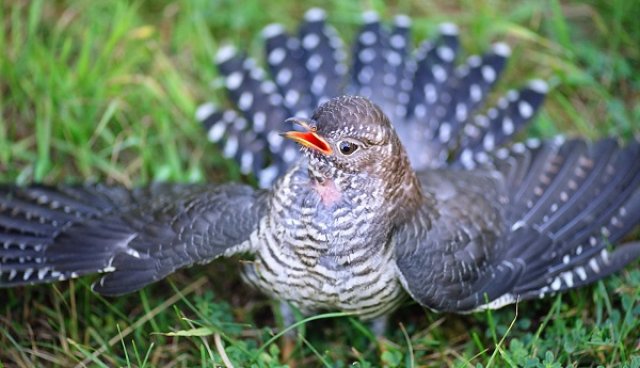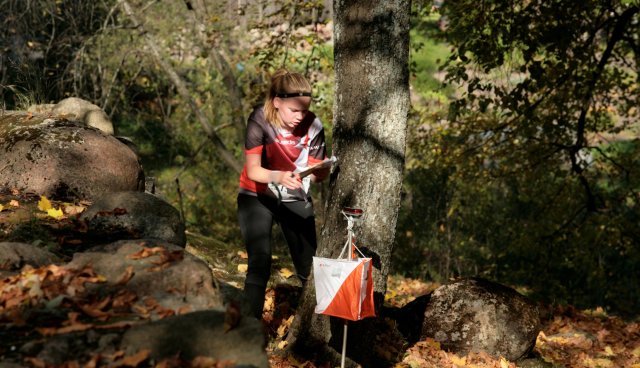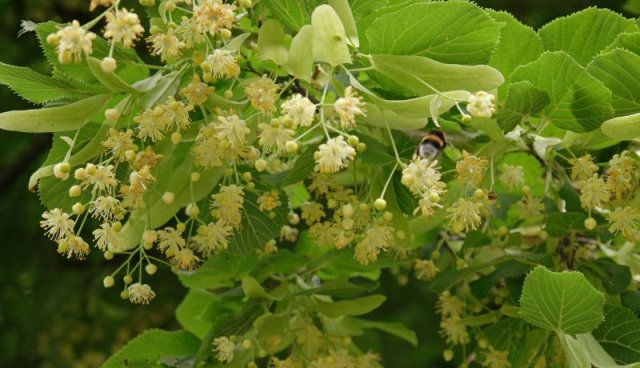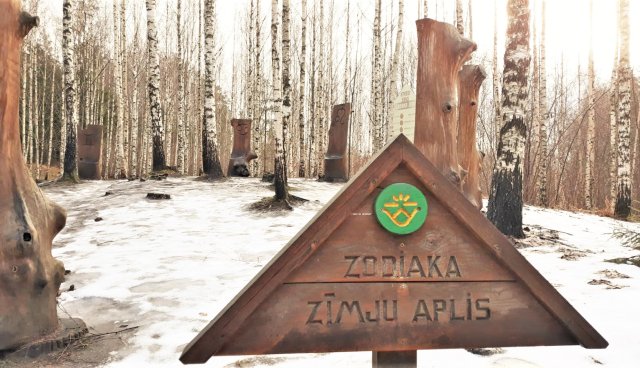May and June tend to be the animal babies time in the forest, including one of the most common predators – foxes. While performing her duties in the Aglona area, a planner at JSC “Latvijas valsts meži” (LVM) in LVM’s Southern Latgale region encountered a small baby fox in distress and helped it return to its family.
“I noticed the stressed baby fox by accident when I was marking the boundaries of the planned logging area. At first, I got scared because I thought there was a vixen, the baby’s mom, with other fox babies somewhere nearby. When I looked closer, I realized that the fox was stuck in the bush branches and was unable to free itself on its own. At first, I wasn’t even sure if the pup was still alive, but when I got closer to it, I heard some hissing. At first, I walked around the nearby caves to look for the baby’s mom, who might attack me while protecting the baby. When I could not find her, I went back to the baby fox to start the rescue work,” Sabīne Landsmane, the LVM Southern Latgale regional planner, recalls the unexpected encounter.
During the rescue works, the LVM planner used a wooden pole to bend one of the bush branches, thus allowing the pup to get out. As the LVM employee reveals, it was not an easy task, but after a while, the idea came to life, and the fox baby was released.
“After being released, the fox baby was scared, observed what was happening around it for a moment, and only then went to look for its family,” says the planner.
LVM senior environmental expert Uģis Bergmanis explains that foxes give birth to their pups in caves, usually in forests. However, caves are also dug in abandoned buildings and near human settlements. It is advisable not to approach fox cubs playing in the forest, as their mother is likely to be nearby. Fox babies are curious – if you don’t scare them, you can even look at them from a very close distance, but Uģis urges not to touch or pick up the baby foxes – fox cubs can bite and be carriers of various diseases. Since foxes also feed on human food waste, they can often be observed in populated areas during the dark hours of the day.

